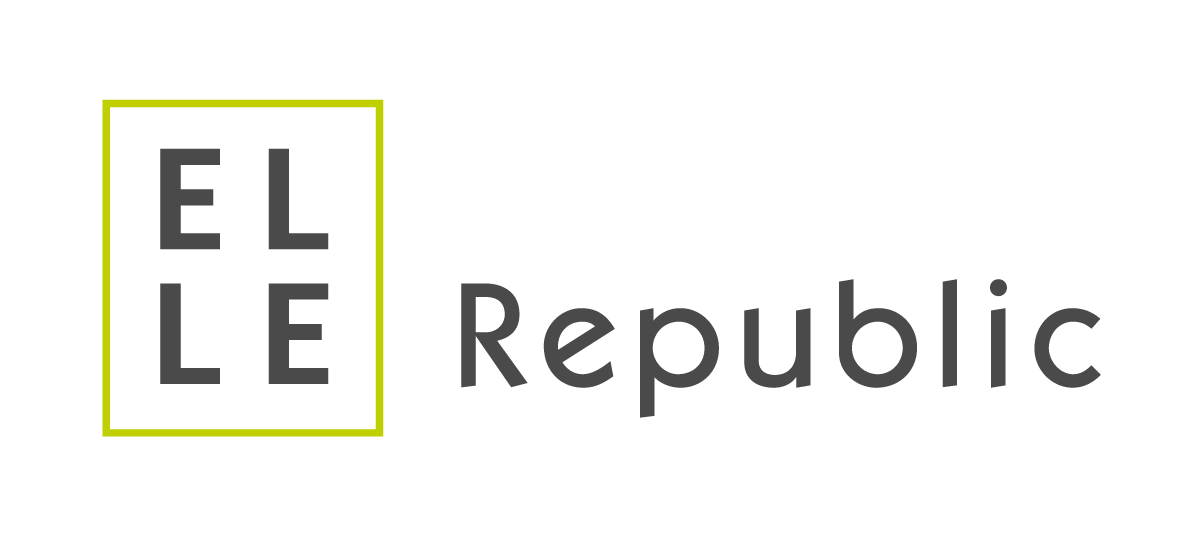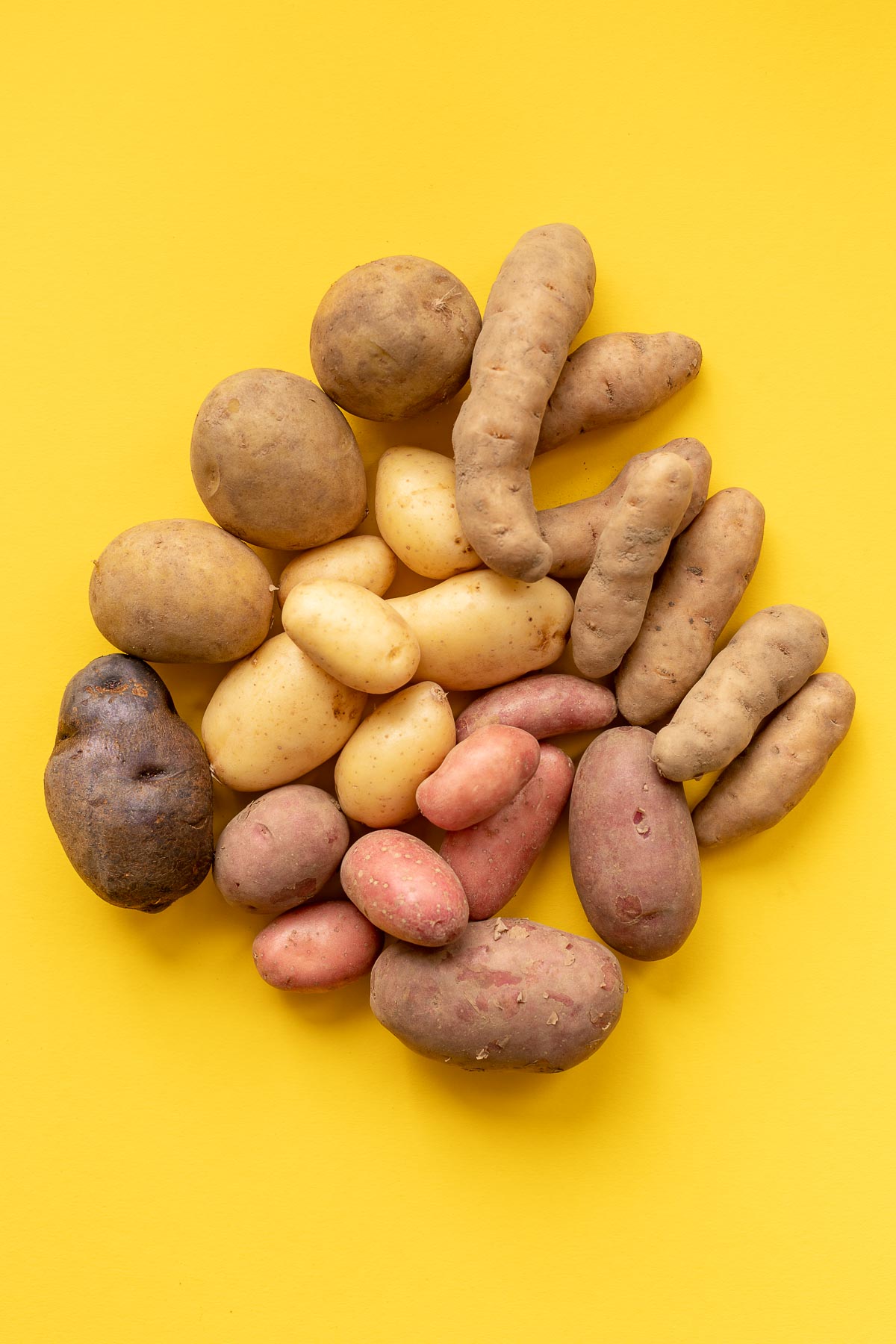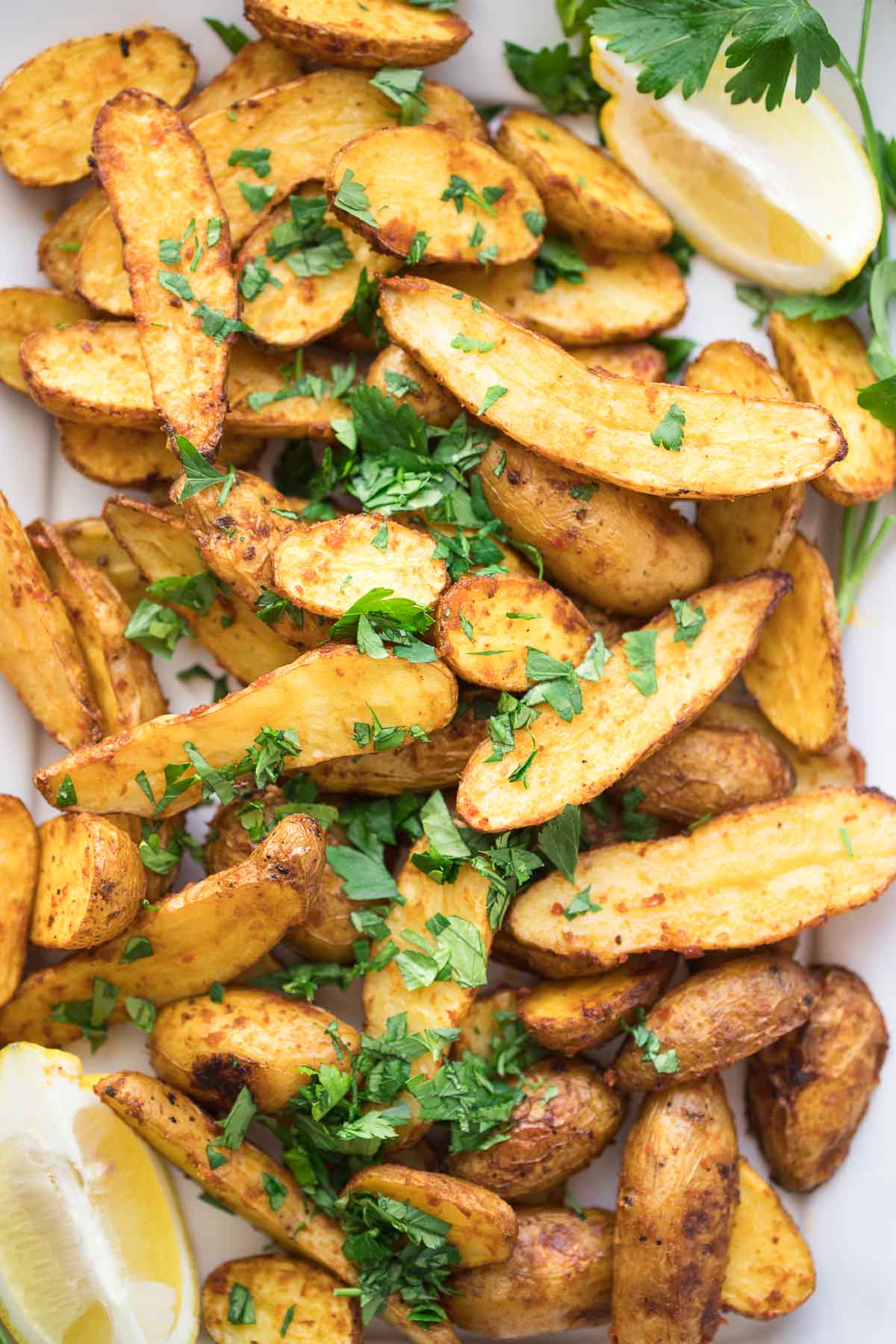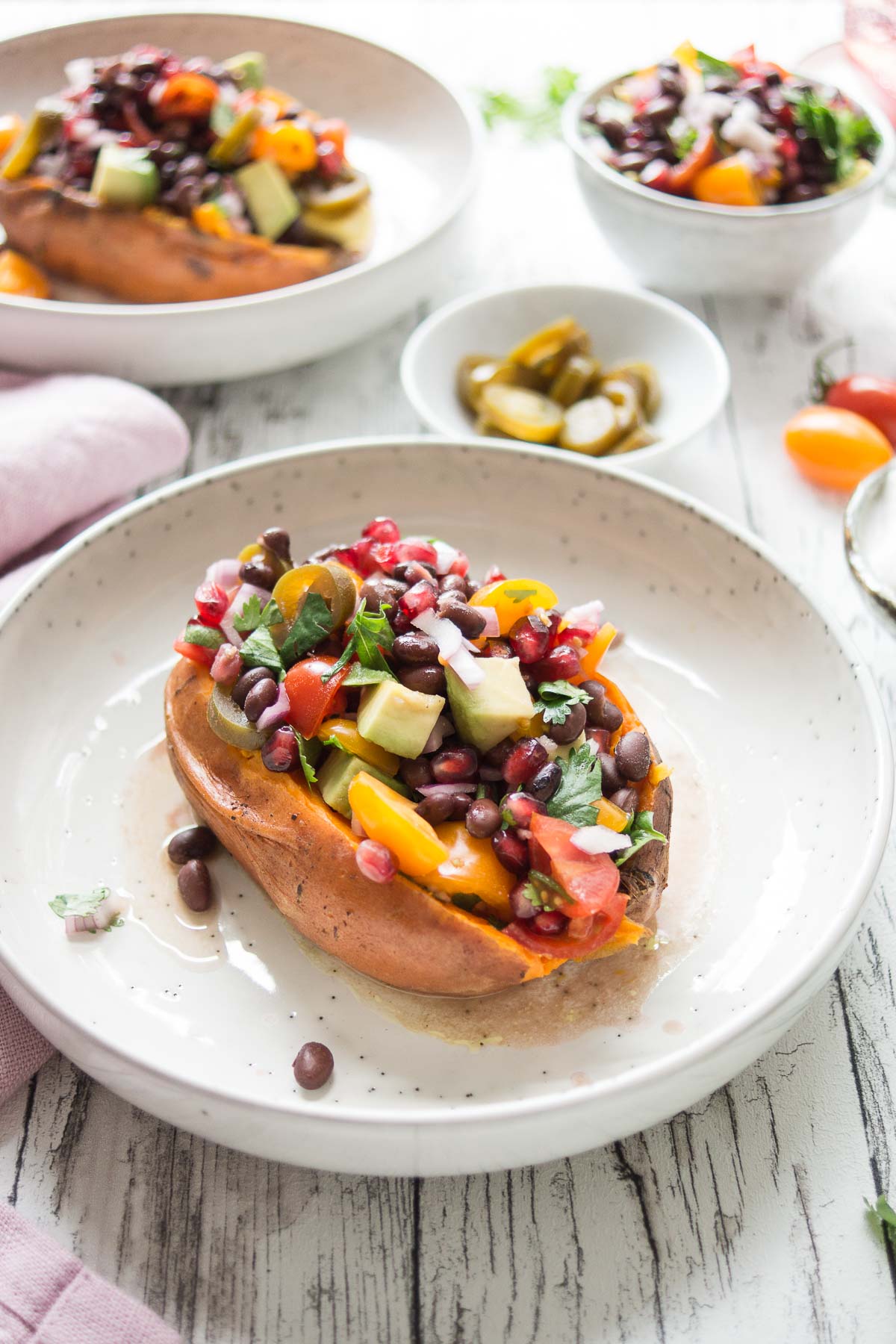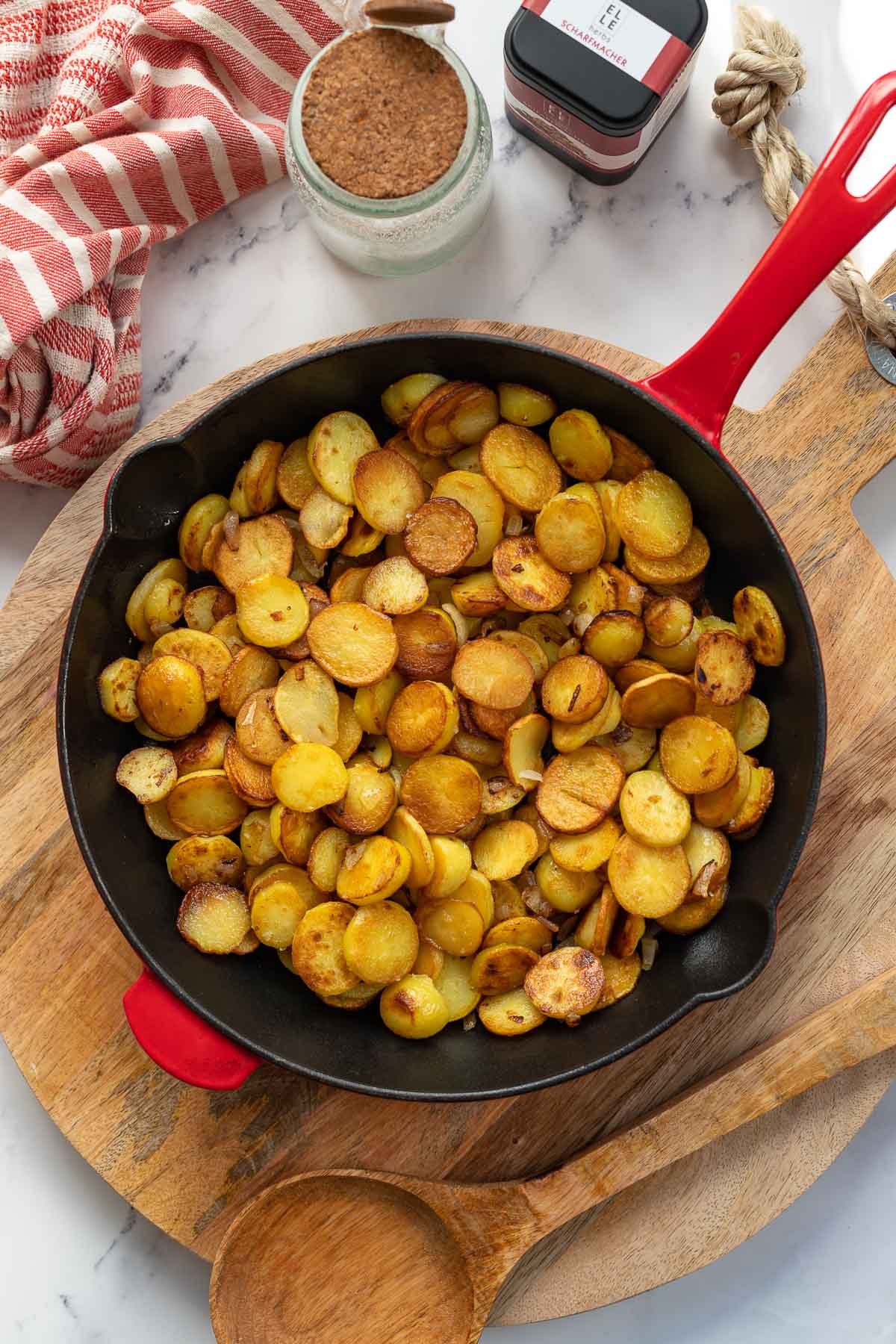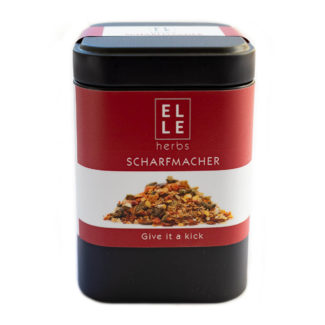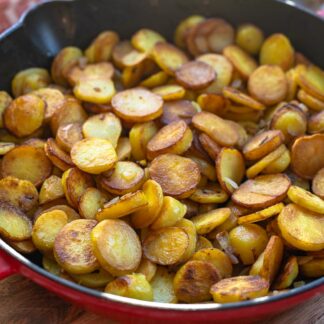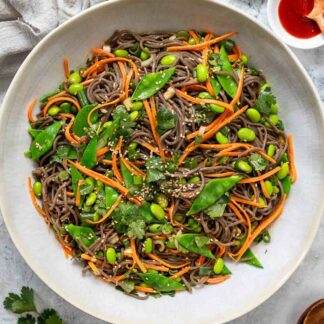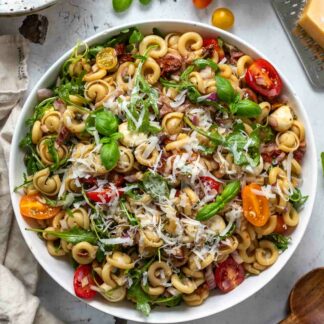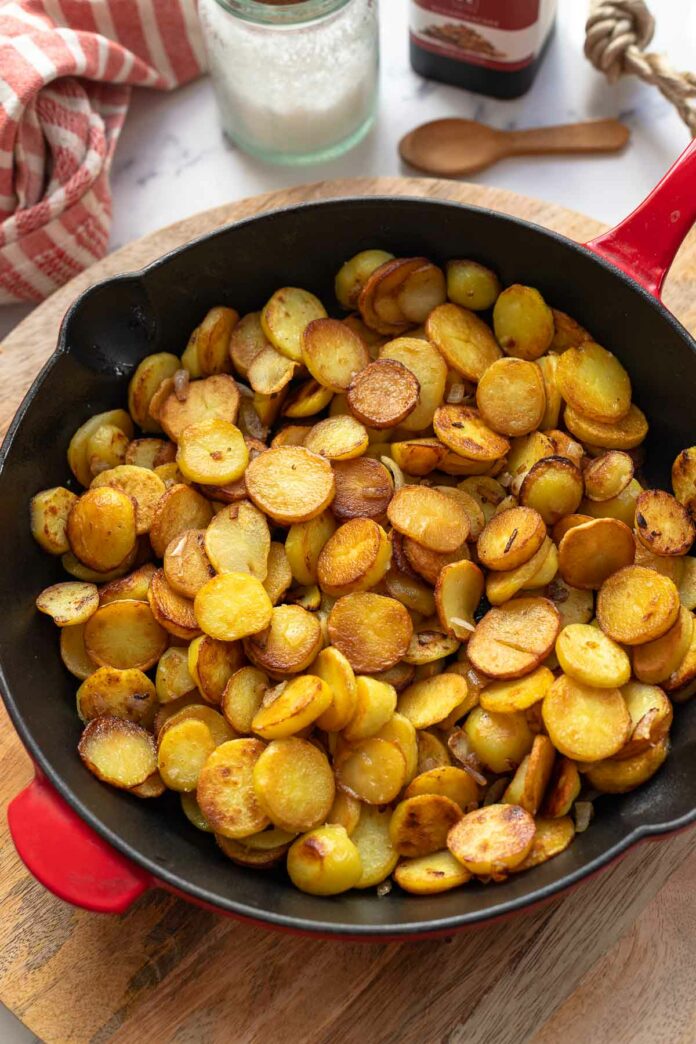
With over 200 varieties in the USA and Germany, potatoes are the third most important food crop in the world after rice and wheat. Which means, we are pretty much all preparing, cooking and eating them on a regular basis. They can be prepared in so many different ways and are highly versatile as they compliment many other ingredients with the extra bonus that they are umami powerhouses — meaning that add that extra deliciousness to almost everything.
How To Cook Potatoes
So just because we are all familiar with potatoes, doesn’t mean we all couldn’t benefit from a few tips, tricks and methods for getting the most out of our beloved tubers. Here are some common tips that can hopefully help you, whether you are in the kitchen or a bystander just waiting to enjoy some potato deliciousness.
Types of potatoes
First of all let’s take a look at the three main categories for potatoes. Type is of course important as not every potato can be the star ingredient for mashed potatoes or a potato salad. And this is what sets them apart. At the most basic level, there are two things that separate them: the amount of starch versus the amount of water a potato contains. The higher the starch content, the more floury (mealy) it’ll be. The higher the water content, the more waxy (solid) the texture will be. And here lies the difference and why it is important to choose the right potato when preparing a certain type of recipe.
Starchy potatoes (class BC and C):
Have a floury texture, which means they lose their structure when cooked. This is because of the high starch content (15-16.5%). These types are perfect for mashed potatoes, dumplings and soups.
All-purpose potatoes (class BA and B):
Also known as medium-starch potatoes. They typically have yellow flesh and a starch content of 12-14%. When mashed with a fork, they only provide a slight resistance, which is why they are often used for classic boiled or whole baked potatoes.
Low-starch potatoes (class A or AB):
New potatoes and fingerling are classic examples of low starch potatoes, which is why they are often used for potato salads. They usually have a white flesh and retain their shape when boiled, which makes them suitable for salads, soups, fried potatoes, casseroles etc. They have the lowest amount of starch at around 10-12%.
Choosing potatoes
Look for firm potatoes with smooth skin and no sprouts. If they are wrinkled, soft or have dark spots, they’re too old and should not be used. It’s also a good idea to choose similar-sized potatoes so they cook in the same amount of time.
Main methods followed to cook potatoes
There are a number of classic methods: boiling, mashing/pureeing, baking, frying, and the newly trendy method known as: air frying. And of course there is microwaving or steaming, but let’s take a look at the three most common methods for how to cook potatoes.
How to boil potatoes
Is there actually a right way and a wrong way to boil a potato? Believe it or not, enjoying a perfectly cooked spuds starts with the pot of water. For example, do you add them to already boiling water? Do you leave the skins on or off? There is a method to even the simplest of processes to ensure the best tasting boiled potato.
The first step is to wash your potatoes
Using a vegetable brush, scrub each potato under running water, to remove any dirt, being careful not to scrub so hard that you break the skin of the potato.
Should I peel potatoes before boiling?
No. Potatoes with skin on will absorb less water when boiled, therefore preserving the starch, and all the good vitamins and nutrients. Plus whole likes a water-logged potato? If you don’t like serving them in their skins, you can peel them after boiling them. Just let them cool for a few minutes (or hold them in a dish towel) before peeling with a paring knife.
Add them to a pot of COLD water
Once you’ve prepped your potatoes, add them to medium-to-large pot and cover them with 2,5 cm of cold, salted water. The order of this step is important. You want to put the potatoes in the water BEFORE bringing it to a boil — not the other way around. This allows the potatoes and the water to heat at the same time, which ensures even cooking.
The potatoes would be adequately covered in water, and once boiling, they should be kept at a steady gentle simmer.
How long do you have to boil potatoes?
How long potatoes really have to cook simply depends on the size. Small new potatoes take about 12-15 minutes, medium potatoes 20-25 minutes and larger ones 30 minutes.
Of course, you also need to factor in the time it takes for the water to boil, which means approximately another 10 minutes on top.
So in 5 easy steps here’s how to boil potatoes:
- Scrub potatoes clean
- Add to a pot and cover with COLD water, adding salt for flavor.
- Place on high heat and bring to a boil, then reduce heat to steady gentle simmer.
- Boil for 12-30 minutes, depending on size.
- Remove potatoes and let cool for at 5 minutes, or longer, before use.
Eating the skin
Eating the skin is the best way to get all the benefits of the natural nutrition. New and young potatoes are terrific in salads with the skin, and large baked whole potatoes can also be enjoyed in their entirety. However, green or sprouting potatoes are signs that solanine levels are building up, so they should be avoided, particularly for pregnant women and children. And don’t eat any cooked potatoes that taste bitter.
How long to boil potatoes when using them for a puree?
The method is the same, whether you are using starchy or floury taters.
How to tell when potatoes are done?
Simply insert a fork or paring knife into the middle of the potato. The center should be fork-tender and have a texture that is firm but not mushy.
Expert tip for boiled potatoes in potato salad
When preparing a potato salad, I highly recommend adding the still warm potatoes to the dressing for the salad, as this gives the potatoes a chance to absorb some of the flavours and aroma of the dressing. If you wait until the potatoes cool, their structure changes and they will simply sit in the dressing rather than take it on. A little something called the development of resistant starch.
Resistant Starch 101
When the carbohydrates contained in potatoes (also with starch in pasta or rice) cool down, they change their chemical structure. The result is what is known as resistant starch. The enzymes in the stomach have a hard time breaking down the resistant starch, so that it ends up in the intestine as prebiotic , The enzymes in the stomach can barely digest resistant starch; it gets into the intestines as a prebiotic fiber, which which results in fewer calories to keep you feeling full while also supports a healthy microbiome.
Roasting and baking potatoes in the oven
Roasting potatoes has to be one of the more creative ways to prepare our favourite tubers. You can do prepare them peeled or unpeeled and cut them in any way you want (halved, wedges, fries) and add whatever spices or herbs you like. Of course, it’s important to remember that all pieces should be of uniform size for optimal cooking. Extra bonus, all potato types roast well.
How to roast potatoes – the classic method
The most common method of roasting potatoes is by placing them on a baking sheet (either lined with parchment paper for easy clean-up or unlined) and roasting them in a preheated over at 425°F / 220°C oven.
Simply toss the pieces in olive oil and arrange the potatoes in an even layer on your baking sheet with some spacing between each potato to maximize crisping (rather than steaming).
Cook until skins are slightly crisp and browning, turning the potatoes halfway through – about 35-45 minutes depending on the size of your pieces. That’s it!
There are of course variations on this, starting at a lower heat, then increasing and roasting for a longer time to get those extra crispy edges, like in my recipe for Sage Roasted Potato Wedges. You can also use duck fat (schmalz) to get a delicious crisp potato.
How to bake potatoes – simplest of all methods
A baked potato (also called jacket potato) is one of those comforting childhood memories. We grew our own potatoes, and since this is the absolute easiest method for cooking potatoes, it was one that made a regular appearance on our dining room table. There is only one really important step to remember and that is to pierce the potatoes with a fork before baking them. It allows steam to escape. Otherwise, they could explode—and yes—this happens! Not all the time, but every once in a while. Simple pierce a few times and bake in at 425°F/220°C for 50-55 minutes, depending on size. All potatoes can be baked high starch varieties perform the best.
How to serve baked potatoes
The quintessential image of a baked potato is a steaming split open potato with a pad of melting butter and a little salt and pepper. Simple but truly delicious. Level 2 would be adding sour cream (somewhat of a personal taste for some) and what I particularly love is level 3 — the Kumpir. A loaded up baked potato with filling of choice. And for me that would be salad of all kinds, or at its simplest, creamed spinach or tzatziki. Whatever your palate can imagine, it can be created and served on a baked potato. Anything goes!
Frying potatoes
Frying methods can of course vary. There is classic “Bratkartoffeln” frying of thinly sliced taters and simple pan frying them when cut in wedges or halved, which I like to do with young or new potatoes. One thing that both have in common is fat. You need fat to fry. And there are extra steps you could take to get that perfect fried potato, which comes into play when you are wanting a Bratkartoffeln extraordinaire. Let’s take a look.
The firmer the potato, the better
Waxy potatoes are best for fried potatoes. Floury and partially waxy, all-purpose potatoes tend to fall apart as soon as they are done. The slices should also be about the same thickness so that they are evenly cooked afterwards.
Should potatoes be pre-cooked before frying them?
The truth is, you don’t need to pre-cook the potatoes at all. You just need to choose the right fats for cooking them over high heat. As much as we love butter, it burns too easily, so larified butter (ghee), schmalz or even a heat resistant olive oil is the best choice.
And if you do want to pre-cook them that’s also fine. Since the pre-cooked potatoes are already cooked on the inside, all you have to do fry them up to give them a crispy crust on the outside. This is easily done by browning them on each side, without tossing or stir-frying them. Once one side is golden brown, flip them and brown the other side.
Does soaking potatoes before cooking them make them crispier?
This isn’t a must do, but nonetheless one simple tip that makes all the difference. Less starch means the potatoes will be less inclined to stick together and significantly more crispy. If you place the sliced potatoes in a bowl of cold water for 10-15 minutes and then rinse them off, you will have removed most of the starch. If you don’t have the time, you could shortcut this and simply rinse the potato slices under cold water to remove some of the starch. Finally pat them dry with a clean kitchen towel or paper towels.
How long and how hot do you need to fry them?
For pre-cooked potatoes
Here you should set the stove to ALMOST the highest heat and fry the potato slices, undisturbed, until a crispy crust has formed on the bottom. Then flip and fry on the other side. A total of 3-4 minutes per side.
For raw potatoes
Here you want to fry them at not quite so high heat since the potatoes need time to cook optimally on the inside. So in total it takes a little longer. Plan about 40 minutes.
Heat enough ghee or oil, over medium heat, to coat the bottom of the pan (as large a skillet as you have, or use two) and fry for 8-10 minutes, without stirring, until crispy. Then gently flip the potatoes and reduce the heat slightly and cover the pan with a lid (so they can cook better on the inside). Let them cook another 15-20 minutes, depending on thickness of the slices.
When are onions and bacon added?
Onion and bacon can be fried ahead of time before starting the potatoes, and then added at the end. Or you can add the to the pan just before the finish (about 2 minutes before done), turning the mixture (rather than stirring) in order not to break up the potatoes.
I hope you enjoyed my tips and information on how to cook potatoes and you got a taste for potatoes. Here I give you a very simple recipe for fried potatoes. Have fun with it!
Quick German “Bratkartoffeln" Recipe
A quick, easy traditional German skillet potatoes (Bratkartoffeln) recipe. Potatoes are boiled ahead, cooled, then skinned, sliced and fried in clarified butter until perfectly crispy.
Ingredients
- 1 kg potatoes (waxy), cooked the day before
- 3-4 tablespoons of clarified butter (ghee)
- 2 small yellow onions, diced
- smoked diced bacon (optional)
- sea salt and freshly ground pepper, to taste
Method
-
Boil the potatoes the day before until they cooked through but still firm when pierced with a knife (a little undercooked is fine). Drain and set the unpeeled potatoes aside to cool and rest until ready to use. The following day, peel the potatoes and cut into thin slices (about 5mm).
-
Heat an extra large skillet over medium-high heat. Add the clarifed butter and once hot, add the sliced potatoes so that they each slice is face down on the bottom of the pan
TIP: I find it is easier to use more than one skillet since too much overlapping makes it hard to crisp all of the potato slices.
-
Fry the potato slices on each side for about 3-4 minutes until golden brown and crispy. You will see that the edges are browned, indicating they can be flipped over.
TIP: If frying smaller potato slices, I find it easier to use a fork and a knife to flip over each potato slice. Otherwise, for large potatoes use a spatula (and fork to assist, if needed).
-
Add the onion, plus a little more clarified butter (and diced bacon, if desired) and continue cooking the onion and potato mixture for about 2-3 minutes, turning gently with a spatula, to avoid breaking up the potato slices. Season with salt and pepper, to taste. Serve and enjoy!
Notes
- Its also fine to boil the potatoes the morning of the day you want to fry them. This still gives them enough time to fully cool.
For a relaxing atmosphere in the kitchen I recommend my personal Elle Republic: Chilled Out Kitchen Tunes or Lounge Kitchen Tunes Playlist on Spotify.
 Did you try this recipe?
Did you try this recipe?
Then tag @ellerepublic on Instagram and hashtag it #ellerepublic
How did you like it?
Please let me know how this German Bratkartoffeln recipe turned out for you! I would love to hear how you liked it. Simply rate it with the stars above ⭐ or leave me a comment and rate it below.
Did you make any changes to this recipe?
If you have tips for other readers, let me know! It helps me and other readers so much. Sharing is Caring :-).
This post contains affiliate links. If you decide to make a purchase through my link, Amazon will pay me a commission for it. This doesn’t cost you anything additional and the price remains the same. More about advertisements on Elle Republic.

